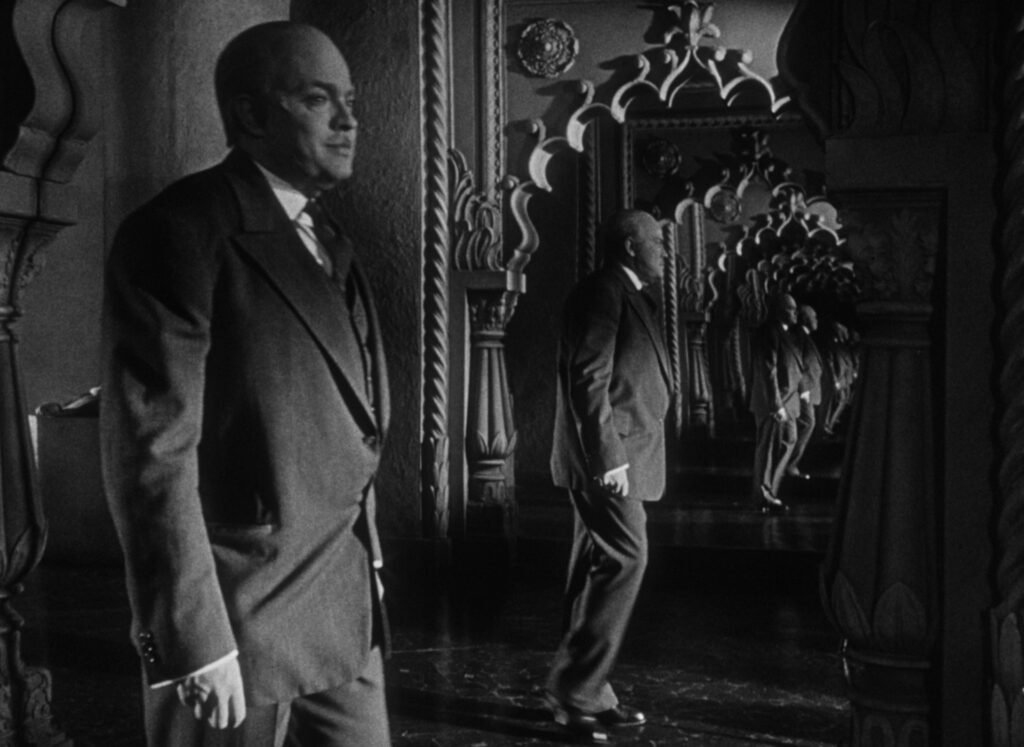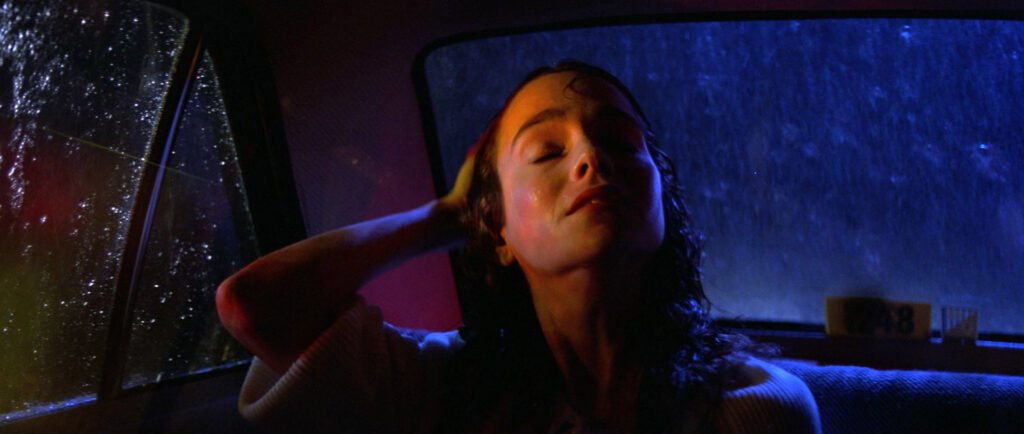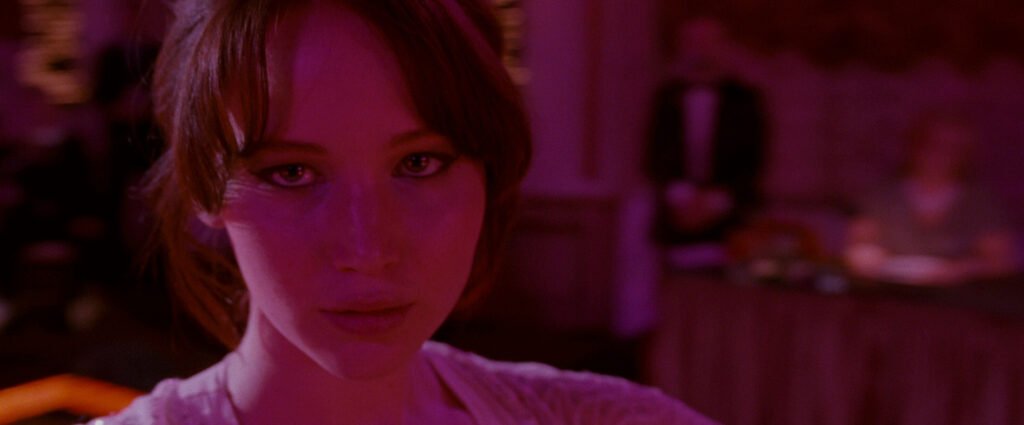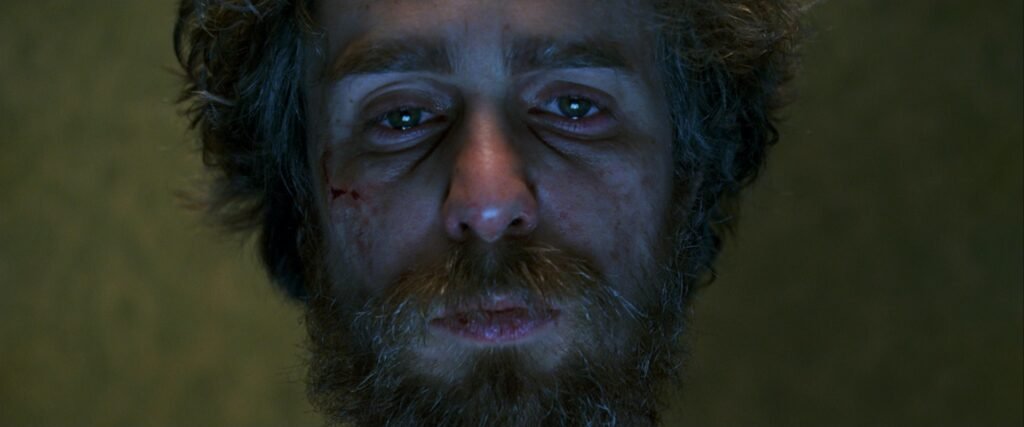Cinematography, the art of capturing moving images to tell a story, has the power to evoke a wide range of emotions and shape the way audiences perceive and experience the world of film. At the core of this craft lies the psychology of cinematography, a fascinating intersection of film theory, cognitive science, and emotional engagement. This article explores the psychological impact of cinematography, delving into how various techniques and creative decisions influence the viewer’s emotional response, cognitive processing, and overall cinematic experience.
Table of Contents
The Foundation of Film Psychology and Cognitive Film Theory
The psychology of cinema has its roots in the early works of pioneers like Hugo Münsterberg, a German-American psychologist who recognized the potential of films to evoke emotional responses and shape perceptions. Münsterberg’s 1916 book, “The Photoplay: A Psychological Study,” laid the groundwork for cognitive film theory, exploring concepts such as attention, memory, imagination, and the emotional involvement of audiences in the context of cinema.
Cognitive film theory examines how films evoke psychological and emotional responses in viewers through the use of various cinematic techniques, such as editing, camera angles, and shot transitions. This theory draws upon principles from cognitive psychology, neuroscience, and the gestalt theory of visual perception to understand how the human mind processes and interprets visual information in films.

The Power of Visual Perception and Cinematography Techniques
The psychology of cinematography heavily relies on understanding the intricacies of visual perception and how the human visual system processes information. Cinematographers leverage this knowledge to guide the viewer’s attention, create visual hierarchy, and evoke specific emotional responses through the use of various techniques, such as color grading, lighting, composition, and camera angles.
Color plays a significant role in shaping the viewer’s perception and emotional engagement. Warm colors like red and orange can evoke feelings of passion, energy, or danger, while cool colors like blue and green can create a sense of calmness, melancholy, or mystery. Lighting techniques, such as the use of shadows, contrast, and backlighting, can dramatically impact the mood and atmosphere of a scene, evoking emotions ranging from fear and suspense to warmth and intimacy.
Composition techniques, such as the rule of thirds, leading lines, and depth of field, help guide the viewer’s eye and create a sense of visual harmony or tension. By carefully framing shots and using camera angles, filmmakers can emphasize certain elements, convey power dynamics between characters, and create a sense of immersion for the audience. The psychology of camera angles plays a crucial role in shaping the viewer’s perception, with low angles often conveying a sense of dominance or power, while high angles can suggest vulnerability or insignificance.

The Rhythm of Emotion and Visual Momentum
In addition to visual perception, the psychology of cinematography also encompasses the temporal aspects of film, such as pacing, rhythm, shot duration, and the use of time. The way a film is edited, with its carefully chosen shot lengths, transitions, and juxtapositions, can greatly influence the viewer’s emotional journey and engagement.
Cognitive film theory suggests that the human brain is highly sensitive to temporal patterns and rhythms in films. The concept of “visual momentum” refers to the way in which the pacing and structure of a film can create a sense of forward movement, engaging the viewer’s attention and emotions. Studies have shown that films with a higher degree of visual momentum, achieved through shorter shot lengths and more frequent transitions, tend to be more engaging and emotionally impactful.
The use of time in films, such as the manipulation of temporal order, duration, and frequency, can also significantly affect the viewer’s emotional response. Techniques like flashbacks, flash-forwards, and parallel editing can create a sense of mystery, anticipation, or emotional resonance by connecting seemingly disparate events or characters across time. These techniques allow filmmakers to explore the psychological concepts of memory, perception, and the subjective experience of time.
The Emotional Landscape and Psychological Concepts in Movies
At the core of the psychology of cinematography lies the goal of evoking emotions in the audience. Films have the power to make us laugh, cry, feel suspense, or experience a sense of awe and wonder. This emotional engagement is achieved through a combination of visual storytelling, character development, and the use of psychological concepts in movies.
One of the key psychological concepts in film is the idea of identification, where the viewer emotionally connects with and experiences the story through the perspective of the characters. Cinematographers use various techniques to foster this identification, such as the use of close-ups to reveal facial expressions, subjective camera angles to convey a character’s point of view, and the manipulation of focus to guide the viewer’s attention. This emotional involvement allows the audience to empathize with the characters, understand their motivations, and become deeply invested in the narrative.
Another crucial aspect of the emotional landscape in films is the use of music and sound design. Music has the power to evoke strong emotional responses, set the tone of a scene, and create a sense of continuity or contrast. Sound design, including the use of sound effects, ambience, and dialogue, can greatly enhance the emotional impact of a film by creating a sense of realism, tension, or atmosphere. The combination of visual and auditory elements creates a powerful sensory experience that can deeply affect the viewer’s emotions and perceptions.

The Psychology of Genres and Cinematic Styles
Different film genres and cinematic styles often employ distinct cinematographic techniques and psychological concepts to evoke specific emotional responses in the audience. For example, horror films heavily rely on the use of shadows, low-key lighting, and jump scares to create a sense of fear and suspense. Thriller movies often employ techniques like the use of high contrast, unconventional camera angles, and rapid editing to create a sense of unease and tension.
On the other hand, romantic films often use soft, warm lighting, close-ups of facial expressions, and slower pacing to evoke feelings of intimacy and emotional connection. Dramas may employ techniques like deep focus, longer takes, and the use of symbolism to create a sense of realism and emotional depth. These techniques are carefully chosen to align with the psychological expectations and emotional needs of the audience within each genre.
The psychology of cinematography also plays a significant role in shaping the viewer’s expectations and experiences within different cinematic styles. For example, the use of long takes and minimal editing in slow cinema can create a sense of contemplation and immersion, while the rapid editing and dynamic camera movements of action films can evoke a sense of excitement and adrenaline. The choice of cinematic style can greatly influence how the audience perceives and emotionally responds to the story being told.
The Intersection of The Psychology of Cinematography and Neuroscience
Recent advancements in neuroscience and brain imaging techniques have provided new insights into how the human brain processes and responds to visual information in films. Neurocinematic research methods, such as eye-tracking and functional MRI, allow researchers to study the cognitive and emotional responses of viewers in real-time, offering valuable data on how specific cinematographic techniques affect the brain.
For example, studies have shown that the use of close-ups and facial expressions activates the amygdala, a region of the brain associated with emotional processing, while the use of establishing shots and wide angles activates the parahippocampal place area, a region involved in spatial recognition and navigation. These findings suggest that different cinematographic techniques can selectively engage specific brain regions, influencing the viewer’s emotional and cognitive experience.
Furthermore, research has also explored the concept of “neural synchronization,” where the brains of multiple viewers show similar patterns of activity when watching the same film. This synchronization has been found to be stronger for emotionally engaging and well-crafted films, suggesting that effective cinematography can create a shared emotional experience among audiences.

The Therapeutic Potential of Cinema and Movies About Feelings
In addition to its artistic and entertainment value, cinematography also has the potential to serve as a therapeutic tool. The field of cinema therapy explores how films can be used to promote emotional well-being, personal growth, and healing. By carefully crafting visual narratives that explore universal themes and emotional experiences, filmmakers can create works that not only entertain but also inspire, heal, and promote empathy and understanding.
Movies about feelings, such as those that delve into the complexities of human emotions, relationships, and personal struggles, can provide viewers with a sense of validation, catharsis, and insight into their own experiences. The use of cinematographic techniques to convey these emotional stories can greatly enhance their therapeutic potential, allowing viewers to connect with the characters on a deep, personal level.
For example, films that explore themes of grief, loss, and resilience can provide comfort and hope to viewers who have experienced similar challenges, while films that depict the joys and difficulties of relationships can offer insights into communication, empathy, and self-discovery. By using cinematography to create emotionally resonant and relatable stories, filmmakers can contribute to the emotional well-being and personal growth of their audiences.
Mind-Tricking Movies and the Psychology of Perception
One fascinating aspect of the psychology of cinematography is the way in which films can manipulate and challenge our perceptions of reality. Mind-tricking movies, also known as psychological thrillers or puzzle films, often employ techniques that blur the line between reality and illusion, leaving the viewer questioning their own perceptions and understanding of the story.
These films often play with the concepts of time, memory, and identity, using non-linear narratives, unreliable narrators, and visual tricks to create a sense of uncertainty and ambiguity. For example, films like “Memento,” “Inception,” and “The Sixth Sense” use techniques such as reverse chronology, nested narratives, and unexpected plot twists to challenge the viewer’s assumptions and create a sense of cognitive dissonance.
The psychology of perception plays a crucial role in how these mind-tricking movies work. By exploiting the limitations and biases of human perception, such as the tendency to fill in gaps in information or the influence of prior knowledge on interpretation, these films can create a sense of mystery, suspense, and intellectual engagement that keeps the viewer hooked until the final revelation.
Moreover, the use of visual effects, editing techniques, and cinematographic sleight of hand can further enhance the mind-bending experience of these films. Techniques such as forced perspective, match cuts, and visual metaphors can create a sense of disorientation and challenge the viewer’s understanding of the story world.
The popularity of mind-tricking movies and psychological thrillers demonstrates the enduring fascination of audiences with the mysteries of the human mind and the power of cinema to explore these complex themes. By pushing the boundaries of perception and challenging our understanding of reality, these films offer a unique and intellectually stimulating form of entertainment that continues to captivate and inspire viewers around the world.
Conclusion
The psychology of cinematography is a rich and multifaceted field that explores the complex interplay between visual storytelling, cognitive processing, and emotional engagement. From the use of color and lighting to create a psychological mood, to the manipulation of time and editing to shape the viewer’s emotional journey, the psychology of cinematography offers a fascinating lens through which to understand the power and potential of the cinematic art form.
As filmmaking continues to evolve and new technologies emerge, the insights and principles of cognitive film theory and the psychology of emotions will undoubtedly continue to shape the way we create and experience the magic of movies. By understanding the psychological impact of their creative choices and using their craft to explore the depths of the human experience, filmmakers have the power to create works that not only entertain but also inspire, heal, and transform their audiences.
In a world where visual media plays an increasingly important role in shaping our perceptions, beliefs, and emotions, the psychology of cinematography offers a valuable framework for understanding the power and responsibility of the filmmaking process. As we continue to explore the intersection of art, science, and the human mind, the field of cinematography will undoubtedly continue to evolve and offer new insights into the enduring magic and mystery of the movies.
How does cinematography influence viewer emotions?
Cinematography influences viewer emotions through various techniques such as color grading, lighting, composition, and camera movement. For example, warm colors can evoke feelings of comfort and happiness, while cool colors can create a sense of sadness or isolation. Lighting can be used to create atmosphere, highlight specific elements, or convey a character’s emotional state. Composition and framing can guide the viewer’s attention, create visual tension, or establish relationships between characters. Camera movement, such as tracking shots or handheld camera work, can create a sense of dynamism, instability, or intimacy. By carefully employing these techniques, cinematographers can evoke specific emotional responses and create a powerful emotional connection between the audience and the story.
What role do camera angles play in emotional storytelling?
Camera angles play a crucial role in emotional storytelling by influencing the viewer’s perception of characters, relationships, and events. Low angle shots can make a character appear powerful, intimidating, or heroic, while high angle shots can convey vulnerability, weakness, or insignificance. Eye-level shots create a sense of equality and familiarity between the viewer and the character. Close-ups can heighten emotional intensity, reveal subtle facial expressions, and create a sense of intimacy. Wide shots can establish context, show relationships between characters, or create a sense of scale. Dutch angles (tilted camera) can suggest instability, disorientation, or psychological tension. By strategically choosing camera angles, filmmakers can guide the viewer’s emotional response and create a more immersive storytelling experience.
In what ways do movies affect our emotional state?
Movies can affect our emotional state in various ways, both during and after viewing. Emotionally resonant stories and characters can evoke strong feelings such as joy, sadness, fear, anger, or empathy. The use of music, sound design, and visual effects can heighten these emotional responses. Movies can also provide catharsis, allowing viewers to process their own emotions through the experiences of the characters. They can inspire, motivate, or challenge our beliefs and perceptions. Movies can serve as a form of escapism, allowing us to temporarily forget our own problems and immerse ourselves in a different world. They can also foster social connections and shared experiences when viewed with others. Additionally, movies can have long-lasting effects on our emotional state, lingering in our thoughts and memories long after the credits roll.
What is the significance of psychology in filmmaking?
Psychology plays a significant role in filmmaking, as it helps filmmakers understand and manipulate the audience’s cognitive and emotional responses. By applying principles of perception, attention, memory, and emotion, filmmakers can create more effective and impactful stories. Understanding how the human mind processes visual information allows cinematographers to guide the viewer’s attention, create visual emphasis, and evoke specific emotional responses. Insights from cognitive psychology can inform the pacing, structure, and presentation of information in a film to maximize viewer engagement and comprehension. Knowledge of social psychology can help filmmakers create believable and relatable characters, explore group dynamics, and tackle social issues. Familiarity with theories of emotion and motivation can aid in crafting compelling character arcs and eliciting desired emotional responses from the audience. Overall, understanding and applying psychological principles in filmmaking can lead to more engaging, memorable, and emotionally resonant films that connect with viewers on a deep, personal level.